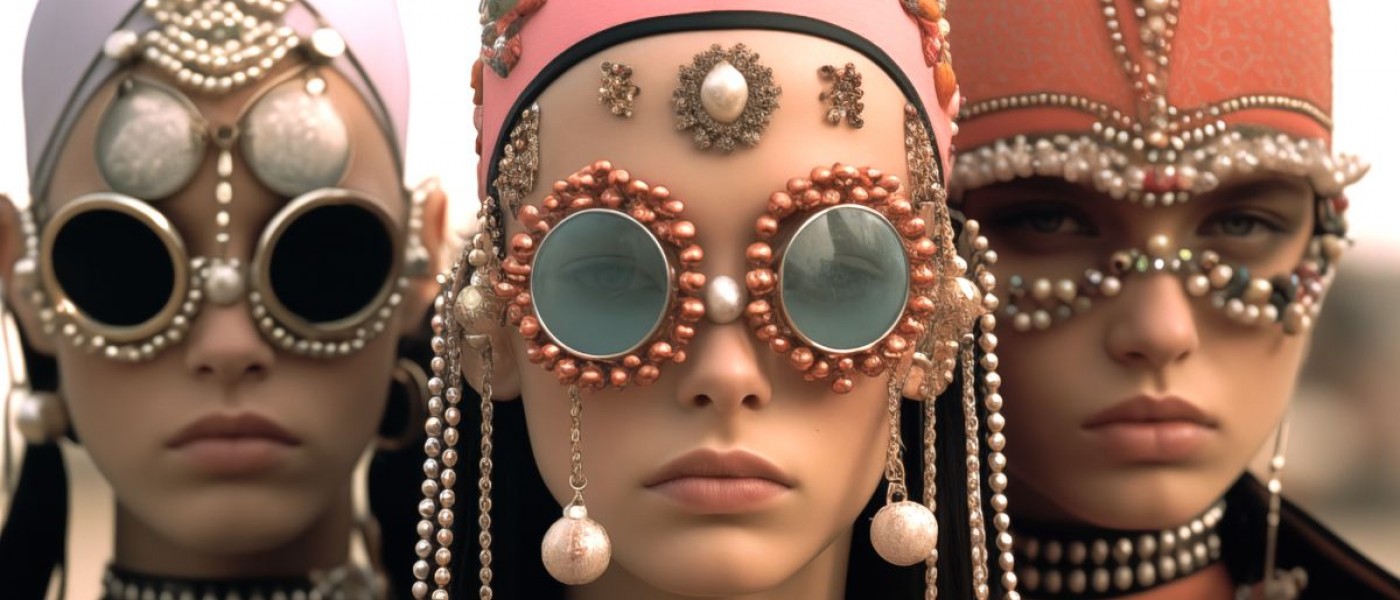
Evolving Luxury: How Economic Shifts and Emotional Resonance Are Shaping Consumer Preferences
Evolving Luxury: How Economic Shifts and Emotional Resonance Are Shaping Consumer Preferences
Credits: Arturo Arvizu @arvizu_art
The spectre of inflation and the dread of recession combined with the polycrisis of war, climate crisis and economic volatility, have continued keeping consumers wary of unrestrained spending, with even HNWI customers being discerning about their luxury purchases. The PYMNTS Intelligence report found that 83% of consumers express concern about the near-term economic conditions. Nearly 75% of U.S. and European consumers expect to reduce spending on non- essential goods, including luxury jewellery. This trend is driven by the depletion of excess savings accumulated during the pandemic, which was forecast to be fully depleted by the third quarter of 2023. McKinsey corroborates that luxury global sales are expected to decelerate between 3% and 5% in 2024, as consumer spending slows following a surge in post-pandemic shopping. Conversely, China’s recent economic reopening has spurred a resurgence in luxury spending, driven by pent-up demand and increased savings.

Credits: Ariel Rosso @ephemeralariel, Lillian Shalom @lillianshalom, AI Imagery by Trendvision Jewellery + Forecasting
Regardless, consumer optimism remains bullish (relatively speaking), with the luxury jewellery sector exuding a sense of (cautious) reassurance. As consumer preferences and sentiments steer towards pieces that retain or grow in value, more luxury companies are shifting their focus towards categories like fine watches and jewellery to attract affluent shoppers looking for secure luxury investments, mixed with niche products that cater to the neo-individualistic desires of younger demographics, who are integral for the future of jewellery. No wonder that Stylus reports that modern-day heirloom pieces are on the rise including watches, pendants, brooches (also for men), and rings, characterised by cultural imagery, symbols, materials and processes that enhance their keepsake value.

Credits: Boucheron @boucheron, Seaman Schepps @seamanschepps, sıla şehrazat yücel @silasehrazatyucel
Consumers are navigating strenuous ordeals, and with an unfolding polycrisis that seems to engulf their lives more, it’s hardly surprising that the ethos of escapism and desires to reclaim positivity, are on the rise. The luxury industry is emerging as a beacon of hope in providing consumers a sanctuary of uplifting experiences. Research published in the journal Applied Research in Quality of Life states that luxury purchases positively influence an individual’s perception of their well-being, and amplify psychological processes that enhance joy. Ipsos reports that while global positivity is high compared to the pandemic years, it has decreased from 2023 and remains lower than 2010s averages. Consumers are therefore keener to explore the elements of emotion that boost positivity and enjoyment, in luxury products and experiences, extending into jewellery. From an emoji Rolex, a neon-faced Blancpain to a Spider-Man-themed Audemars Piguet – the most formal luxury watch brands are adopting emotion-fuelled fun-centric design codes. Luxury jeweller Tiffany & Co has collaborated with American artist Daniel Arsham on a collection of Pokémon-themed necklaces and pendants. Designed to be unexpected, surprising, and comforting, Boucheron’s “More is More” jewellery collection treats joy as a valuable treasure, showcasing ways playfulness can coexist with the traditional high jewellery industry.
